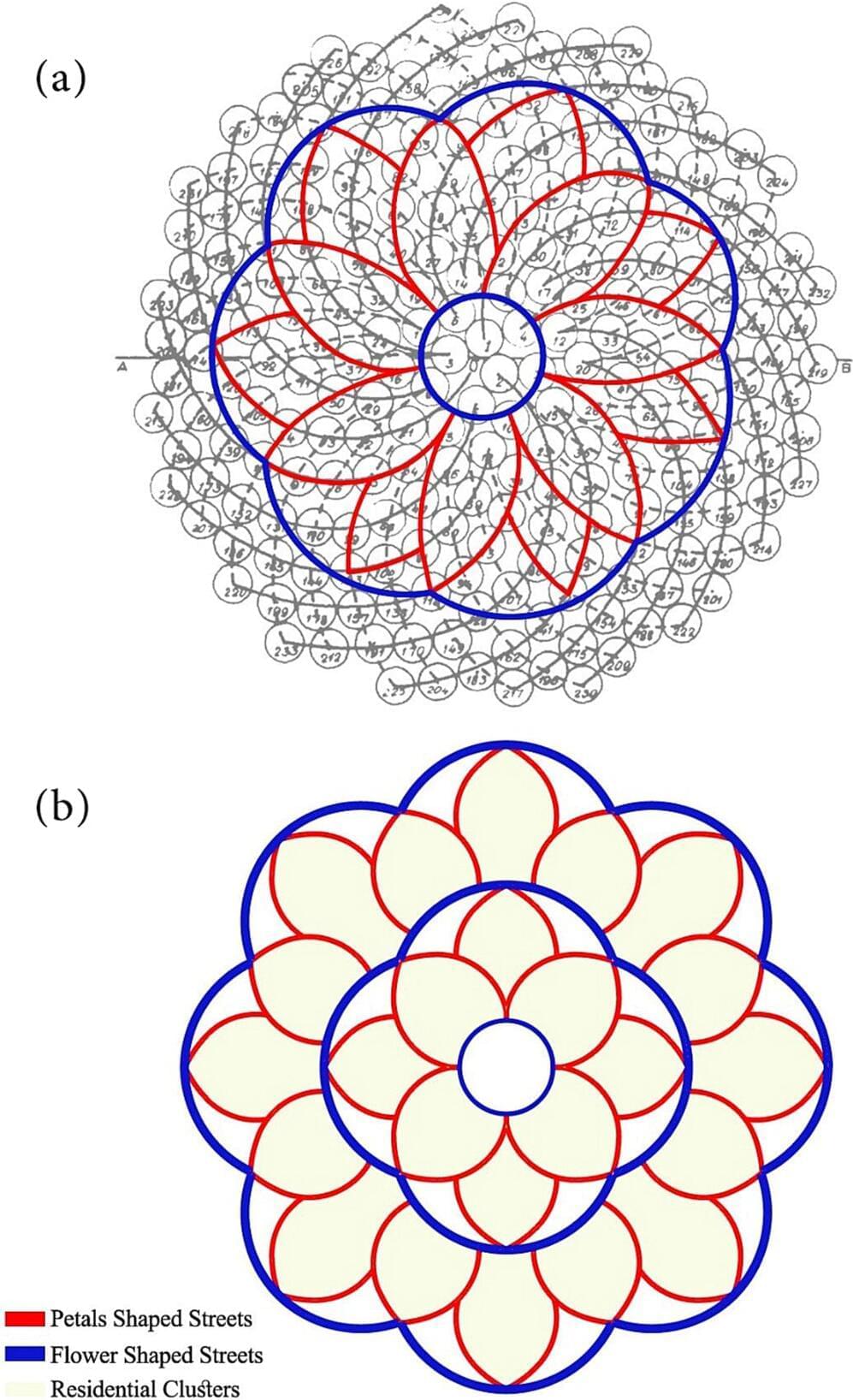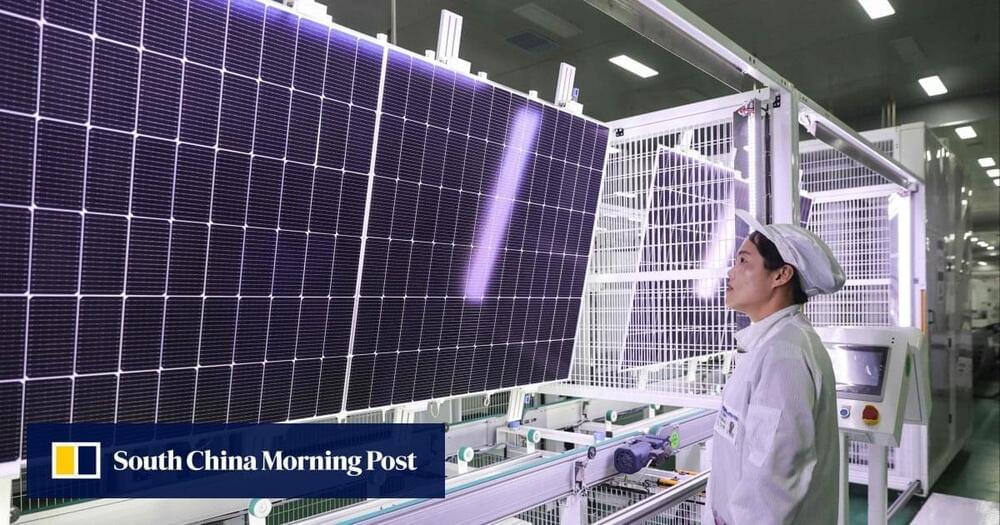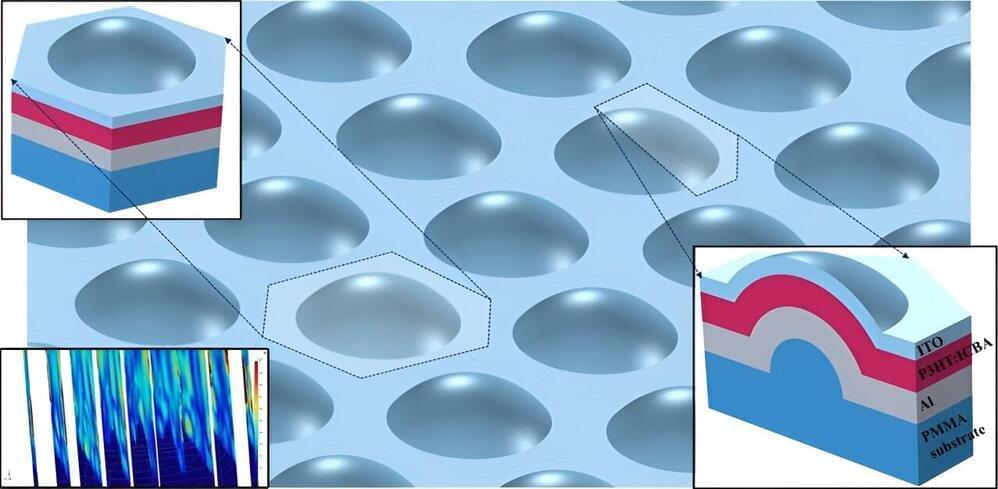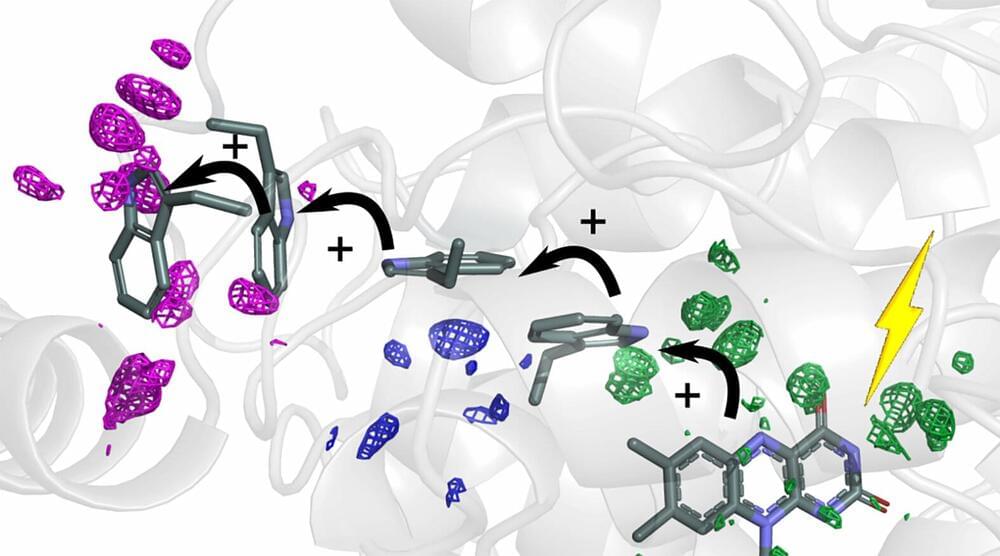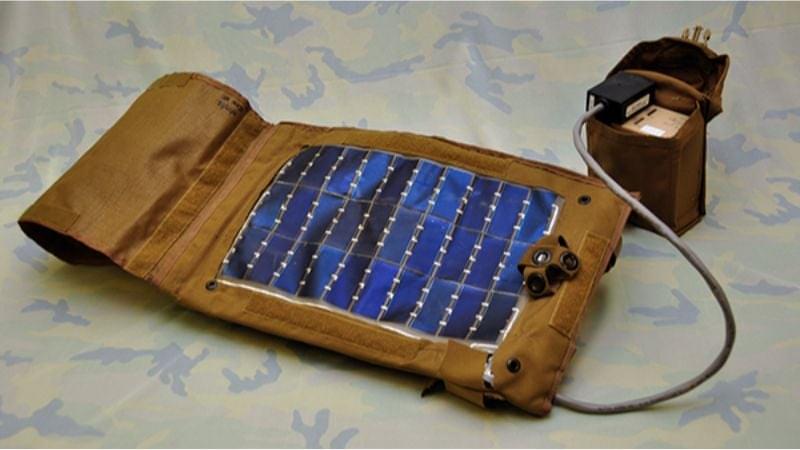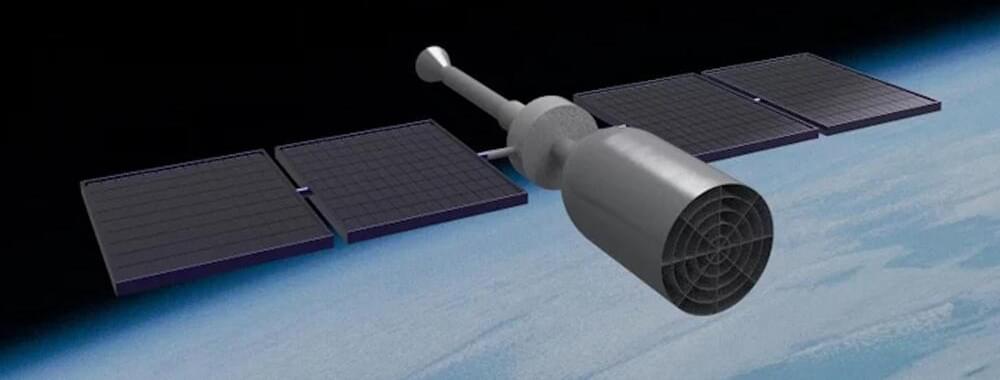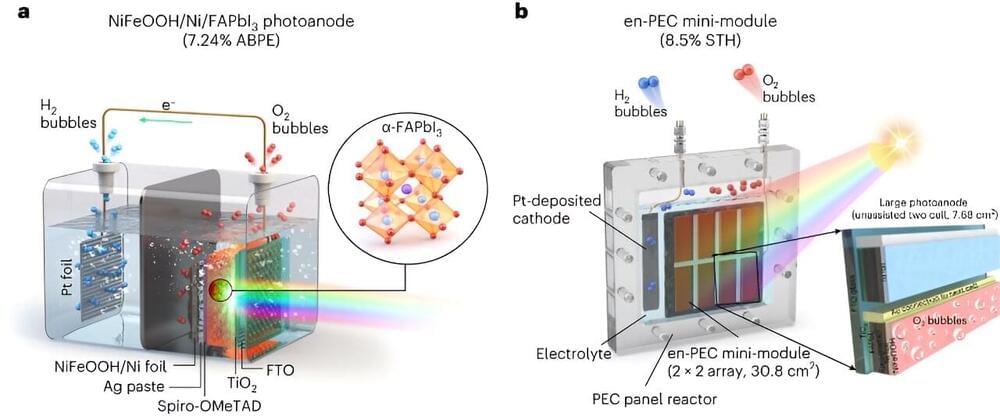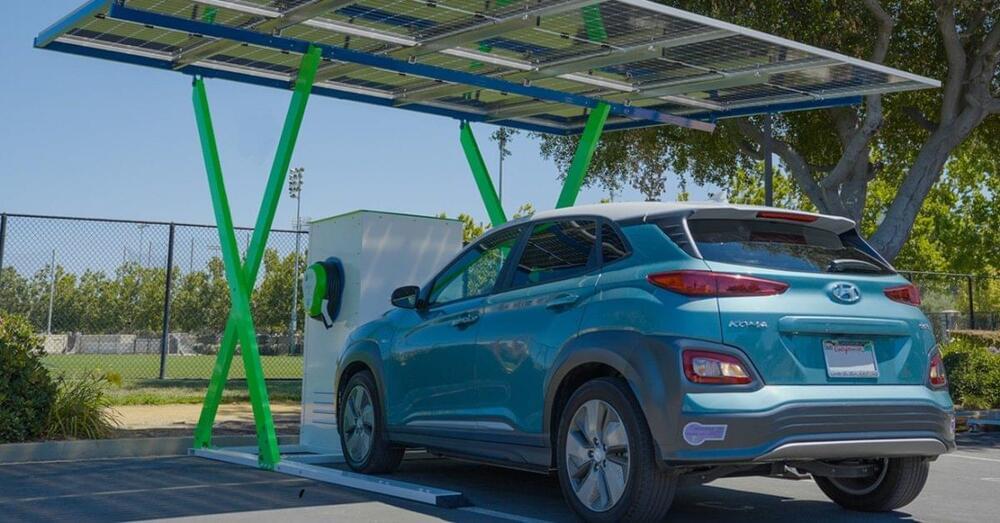Feb 19, 2024
Scientists design ‘sunflower’ city to boost solar energy in countries with relatively low levels of sunlight
Posted by Genevieve Klien in categories: engineering, solar power, sustainability
Inspired by the distribution of sunflower seeds, a group of scientists say they have developed a new city-pattern that ensures the best distribution of solar energy utilization “in low solar radiation countries.”
“Our new city-plan bears close resemblance to the distribution of seeds in sunflowers. This distribution ensures the best utilization of solar energy,” says Dr. Ammar A. T. Alkhalidi, University of Sharjah’s Associate Professor of Sustainable and Renewable Energy Engineering.
Dr. Alkhalidi is the lead author of a new study titled “Sunflower-inspired urban city pattern to improve solar energy utilization in low solar radiation countries.” The study is published in journal Renewable Energy Focus.
